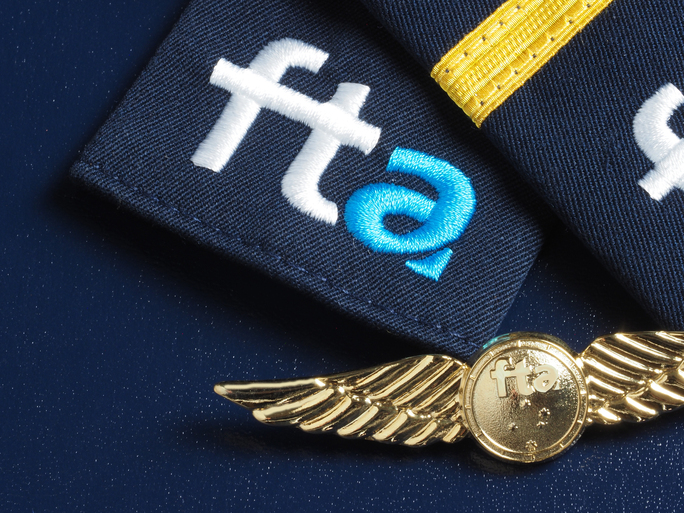Becoming an airline pilot in Australia is a journey of dedication, training and clear milestones. If you’re exploring an ATPL in Australia or learning about how a pilot licence under Civil Aviation Safety Authority (CASA) works, your first step is understanding the framework — and how training providers like FTA can support your goals.
Understanding the CASA Pilot Licence Structure
In Australia, pilot licences are structured so that you progress from private to commercial to air transport – as your experience grows.
Specifically, an Air Transport Pilot Licence (ATPL) is the highest-level CASA licence: it allows you to act as pilot-in-command (or co-pilot) of large, multi-crew air transport operations.
Here are key ATPL requirements:
- Minimum age: 21 years.
- Already hold a Commercial Pilot Licence (CPL) or Multi-Crew Pilot Licence (MPL) in the same aircraft category (aeroplane/helicopter).
- Pass the ATPL theory examinations covering air law, human factors, meteorology, navigation, aircraft systems and more.
- Complete multi-crew cooperation (MCC) training and an ATPL flight test designed for multi-crew operations.
- Achieve the minimum flight experience: for aeroplanes, 1 500 hours of aeronautical experience, of which at least 1 400 must be flight time as pilot and at least 500 as pilot-in-command (or equivalent under supervision).
How FTA Supports Your ATPL Path
Flight Training Adelaide (FTA) is an integrated training organisation approved by CASA, providing fixed-wing and rotary-wing pilot training programmes.
Here’s how FTA can help:
- They offer theory classes and practical flight training designed to build from ab-initio through to advanced levels.
- Their training infrastructure includes purpose-built campus facilities, simulators, aircraft fleets and accommodation to support full-time student pilots.
- FTA’s training ethos emphasises producing future airline captains, not just licence-holders — which means they aim to gear students toward multi-crew and airline-type operations.
Why Choose Australia for Your Pilot Licence?
Australia offers several advantages for aspiring pilots:
- CASA-regulated training ensures high standard of safety and licensing outcomes.
- A wide variety of training organisations and aircraft types give flexibility and experience.
- Good climate and large airspace can allow more flying days (less weather disruption).
- Quality of life, location and global recognition of the CASA pilot license for many international airlines.
Tips for Prospective Students
- Ensure you meet the medical requirements: a Class 1 medical certificate is required to exercise the privileges of an ATPL.
- Choose a training provider that offers integrated courses (ground school + flying) and has airline-pathway options.
- Check the training provider’s fleet and simulator resources — important for realistic multi-crew preparation.
- Consider your career plan: obtaining the ATPL licence is a major milestone, but building hours and real-world experience is equally important.
- Plan financially — pilot training is a significant investment, so look into student loan options, budgeting and timelines.
Conclusion
Pursuing an ATPL in Australia under CASA is a demanding but rewarding path. With the right mindset, training provider like FTA and clear knowledge of what lies ahead — you can position yourself for a career in airline operations. If you’re serious about becoming a professional pilot in Australia, now is the opportunity to start strong

